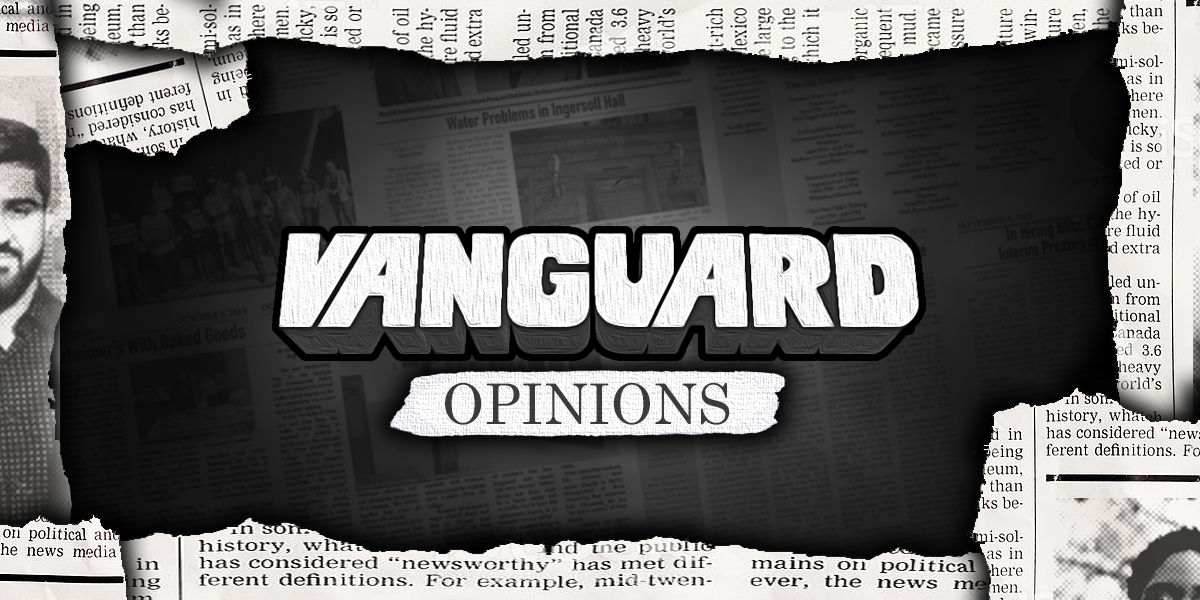
Greta Thunberg, climate activist, is my new hero. She’s a little bad-ass.
Have you ever watched the video of her speaking to the Masters of the Universe at Davos or at the United Nations, just to mention a couple of notable places? There she is, a 16-year-old who looks young for her age, speaking down to her audience of the rich and powerful, berating them in the harshest of tones. She has a feud with Donald Trump and comes out ahead. It’s phenomenal.
I am a little late to the game. There is already a wax sculpture of her in Hamburg, Germany, which speaks to how much of an international star she is. While I was browsing Kramer Books in Dupont Circle, Washington, D.C. over winter break I happened to pick up her book, No One Is Too Small to Make a Difference. It is a 106-page collection of her speeches.
As I became more familiar with Greta, I started to notice all the accolades directed at her. She is being lauded as a hero, but as a hero who has already won the battle. This is a direct contradiction to her message, which is that nothing is being done about climate change. By giving Ms. Thunberg a medal like a war hero from a past foreign war, it squelches her message and puts it in the past. It feels like part of a disturbing trend of looking at protest as the achievement in itself, similar to looking at the movement of Dr. Martin Luther King, Jr. and saying that racism has been defeated.
Of course, Greta is well aware of this and has, for instance, turned down the Nordic Council’s Environmental Prize. It paid 350,000 Danish Kroner, according to The Guardian. That’s a lot of Kroner. (Scandinavia is not on the Euro, but is in the European Union.)
So in honor of Greta Thunberg’s message, let’s look at her bullet points. To help understand these points, I spoke with Dr. Scott Gianelli, a former research scientist at NASA’s Goddard Space Flight Center in New York. (You know the building if you have ever seen the TV show Seinfeld.) He now teaches courses on climate science on Long Island.
Greta pulls data for her speeches from the 2019 IPCC report, and from the Paris Agreement, which was signed on April 22, 2016, until Trump signaled his intention to pull us out of it by November 2020. All the information in these two reports is available freely online.
As Dr. Gianelli points out, “So far, the increase in carbon dioxide has been linear since 1970, but now it’s starting to curve.” What this means is that the CO2 emissions have historically increased at a predictable rate, but nowadays the graph is becoming parabolic.
The global temperature needs to be kept below 1.5 degrees centigrade. We are already 2.3 centigrade above pre-industrial levels for carbon dioxide. At the current rate, we are looking to increase 1.3 degrees centigrade from January 1, 2018 to 2039. By 2035 we should be well above 1.5 degrees centigrade, which Greta calls the point of no return.
It is still possible to fix this! However, as Ms. Thunberg notes, that would depend on technology that hasn’t been invented yet.
There exists a carbon budget, which, on January 1, 2018, was 480 gigatonnes of CO2, and is rapidly depleting.
We are already seeing the effects of climate change and the damage the industrial age is doing. We are in a sixth mass extinction where we are losing species 10,000 times faster than normal. We are seeing erosion of topsoil, deforestation, toxic air pollution, loss of insects worldwide, and the acidification of the oceans.
Carbon dioxide stays in the atmosphere for a really long time. There is still CO2 from the 1970s up there right now. An optimistic scenario is that even if everything was done correctly from right now, we would not see the planet go back to normal in our lifetime.
So what needs to happen? We need to treat this as an emergency, because it is one. America needs to use this as a great movement like the moon missions and the war effort in World War II. As Winston Churchill once said, “Americans will always do the right thing, after they have tried everything else.”
